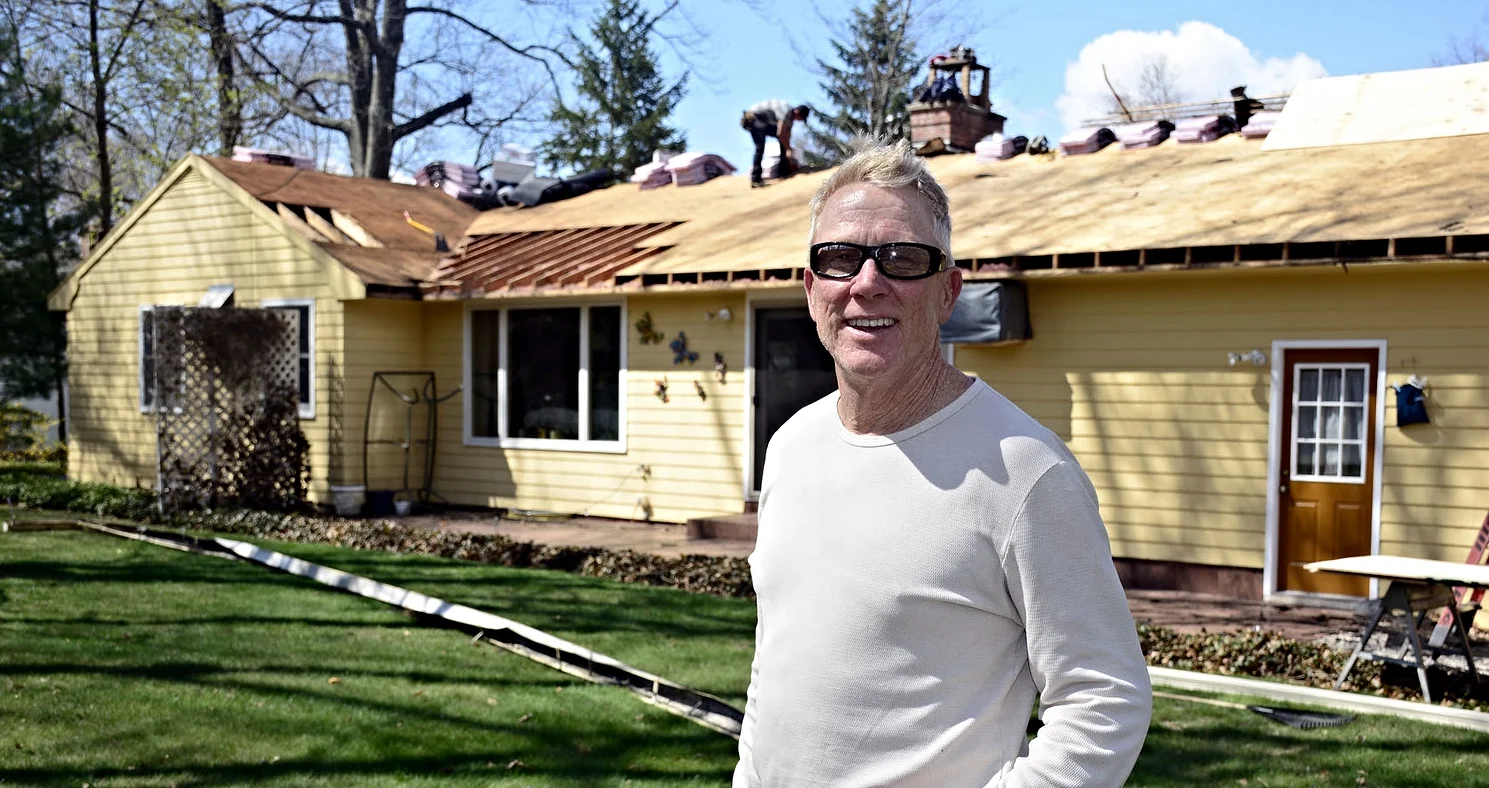Smart Halloween & Fall Decorating Tips for Your Home
Chelsea O'Donnell
It’s that time of year when porches glow with pumpkins, leaves crunch underfoot, and homeowners across Connecticut start transforming their yards into festive fall scenes. Whether you’re stringing up orange lights or setting out a dozen jack-o’-lanterns, decorating for the season brings warmth and a little spookiness to your neighborhood.
Before you dive in, remember: safe decorating means you can enjoy all the fun and festivity while keeping your family, guests, and home protected. Here are some smart ways to celebrate the season without any Halloween horrors of the wrong kind.
1. Light the Way — Safely
Trick-or-treaters and guests will be navigating your walkway after dark, so lighting is everything. Swap old incandescent bulbs for bright, energy-efficient LEDs in your porch and pathway fixtures. Solar-powered lanterns and battery-operated candles are great for steps and railings — no cords, no risk of tripping.
If you love the flicker of a real candle in your jack-o’-lantern, consider switching to flameless tea lights. They look just as cozy and won’t turn your pumpkin into a fire hazard. Bonus: they’ll last all season without melting your masterpiece.
2. Clear the Path
Leaves, hay, and decorations might look charming - until someone slips on them. Keep walkways swept and free from clutter, and check that your extension cords are tucked out of the way or taped down. If you’re using inflatable decorations or light-up figures, position them so they don’t block paths or stairs.
If you have uneven pavers or steps that could be a trip hazard, a few well-placed solar lights or reflective markers can go a long way. And don’t forget your pets. Keep cords and small decorations out of reach of curious paws and teeth.
3. Keep Fire in Check
Fall means candles, fire pits, and cozy porch displays, which are all great until something gets too close. If you’re decorating with dried corn stalks, hay bales, or fabric banners, keep them at least three feet away from open flames or heat sources.
For outdoor lights, make sure they’re rated for exterior use and plugged into a GFCI (ground-fault circuit interrupter) outlet. If you’re stringing multiple light sets together, check the manufacturer’s limits and get rid of any with frayed cords or broken bulbs.
4. Think Weather-Resistant
October weather can be unpredictable. Dry and windy one day, damp and stormy the next. Choose decorations made from durable materials, and secure them well. A few zip ties or heavy-duty clips can keep your spiderwebs and garlands from blowing into your neighbor’s yard (or worse, the street).
If you’re setting up extension cords, keep all connections off the ground and protected from moisture. A simple cord cover or plastic housing can prevent short circuits and save your decorations from early retirement.
5. Protect Your Home While You’re at It
Fall decorating season is also a great time for a quick exterior check-up. While you’re hanging lights or setting up pumpkins, take a minute to look over your siding, roof, and gutters. Clogged gutters can trap water against your home’s exterior, and loose shingles or siding panels are easier to fix now than after winter hits.
If you spot damage, like cracked trim, peeling paint, or rotted wood, make a note to have it repaired before freezing temperatures arrive. Preventive maintenance now means fewer surprises later.
Enjoy the Season
Halloween and fall decorating are all about creating a welcoming, festive atmosphere that feels warm, safe, and uniquely yours. With a few simple precautions, you can enjoy the glow of your pumpkins and the laughter of trick-or-treaters without worry.
Bob O’Donnell is the owner of O’Donnell Bros. Inc., a Bristol-based home improvement company established in 1975. Email your questions for Bob to info@odonnellbros.com with the subject line “Ask the Pro.” All questions may be considered for publication. To contact Bob for your remodeling needs, call O’Donnell Bros. Inc. at (860) 589-5155 or visit http://www.odonnellbros.com. Advice is for guidance only.
